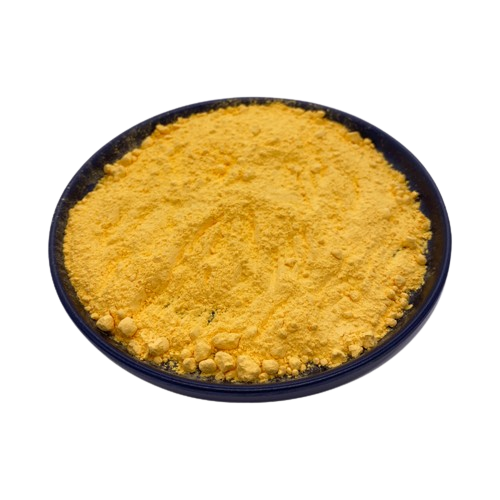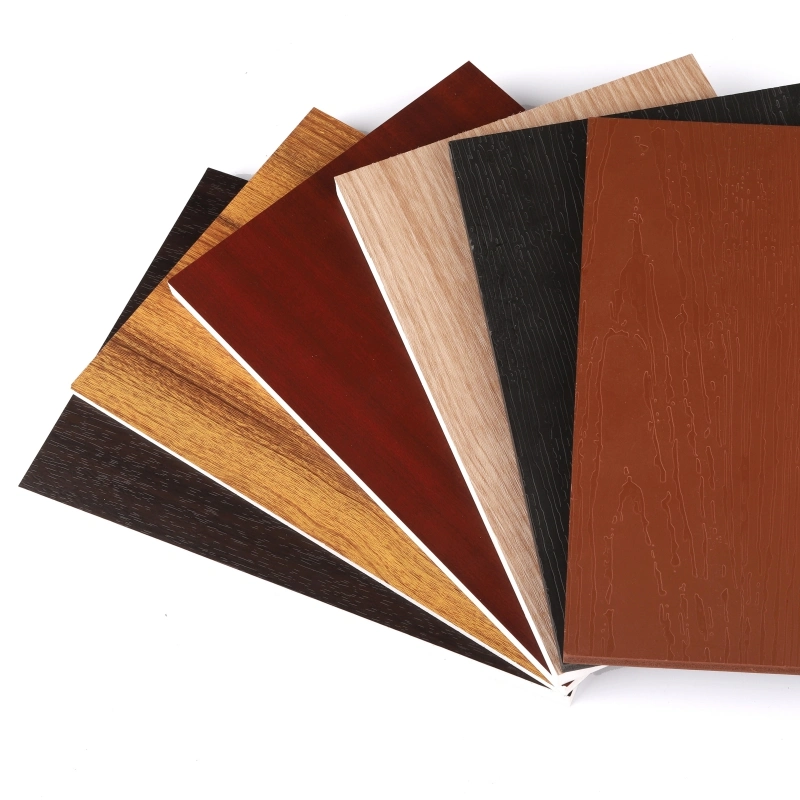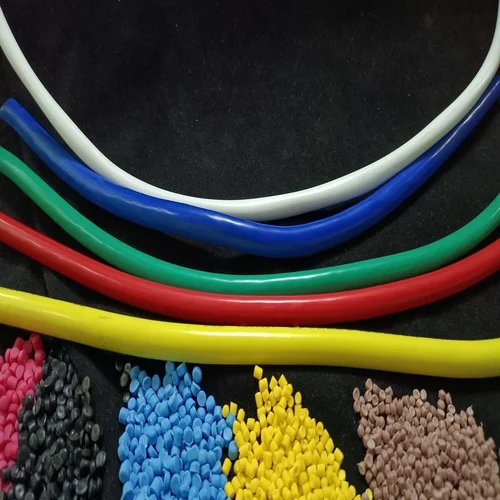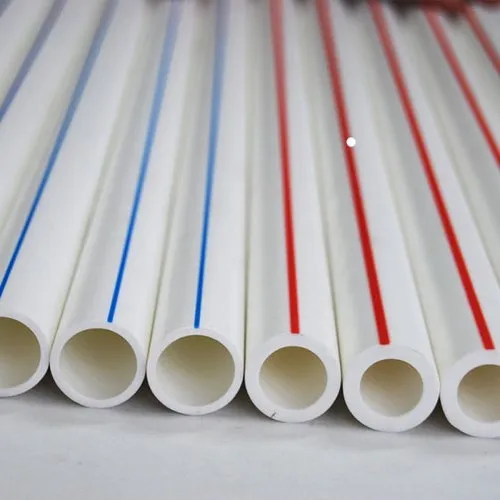
Blowing Agent
Blowing agents are specialized chemicals used to create a cellular structure in materials by generating gas during processing. These agents are crucial in manufacturing lightweight, insulate, and resilient products in industries such as plastics, rubber, construction, and food packaging. Here’s an in-depth look at what blowing agents are, their types, applications, benefits, and technical details.
A blowing agent is a substance that, when added to a material, produces a gas that forms bubbles or cells, leading to the creation of a foam or cellular structure. This process enhances the material’s properties, such as insulation, lightness, and flexibility.
PHYSICAL PROPERTIES
| PROPERTIES | UNIT | ATH 5 | ATH 25 |
| Physical State | – | White powder | White powder |
| Brightness ISO | % | 94 ± 2 | 94 ± 2 |
| PSD ( 50 ) Malvern | µ | 2.2 ± 0.3 | 4.0 ± 0.5 |
| Residue 325 Mesh | % | 0.2 Max | 0.2 Max |
| Purity Al (OH3)3 | % | 99.5 | 99.5 |
| Bulk Density Loose | gm/lit | 160 – 240 | 220 – 280 |
| Oil Absorption | gm/100gm | 32 – 40 | 28 – 35 |
| Moisture | % | 0.0 – 0.5 | 0.0 – 0.5 |
| LOI | % | 34 – 35 | 34 – 35 |
| BET Surface Area | m²/g | 6 – 8 | 4 – 6 |
| Specific Gravity | gm/cc | 2.42 | 2.42 |
Key Benefits
- Better flame retardant & low smoke suppressant, replacement of high value metal fire retardants
Application

Ceramic

Paints & Coating

Construction

Plastic & Polymer
Application

PVC sheet

Pvc Compounding


